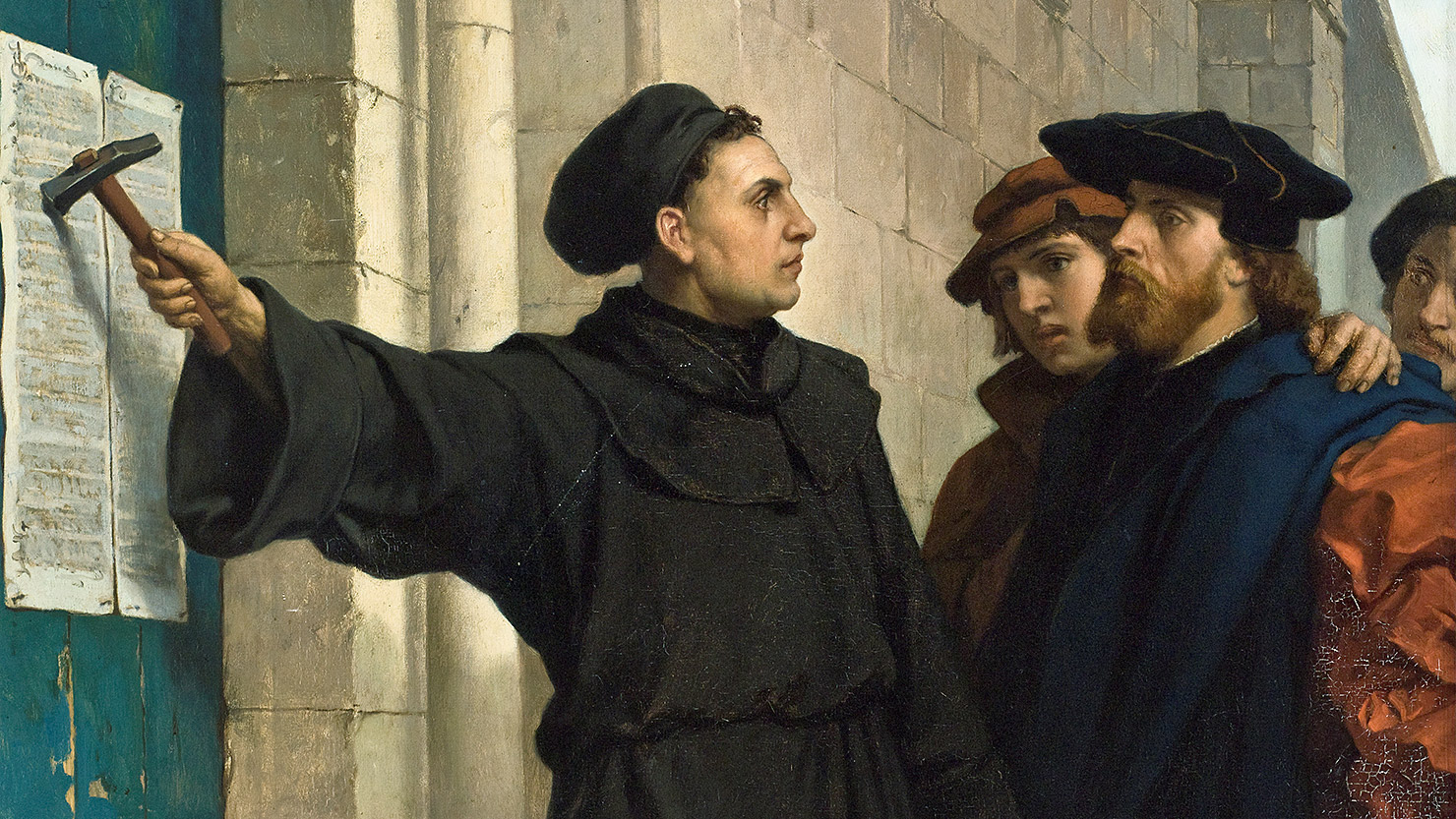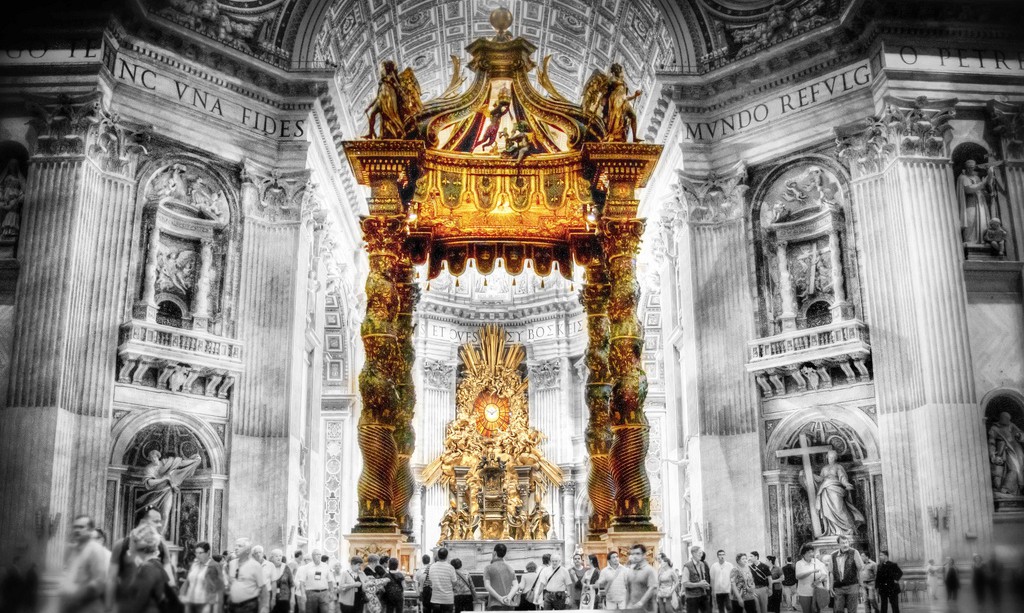
http://sspx.org/en/news-events/news/bugninis-principle-novus-ordo-missae-people-godhttp://sspx.org/en/news-events/news/bugninis-principle-novus-ordo-missae-people-god
Archbishop Lefebvre expounds upon the theology that runs rampant in the Church today, that of the deification of the People of God, to the detriment of God who should rule and reign over all peoples of the earth. The true People of God should be led to heaven by the Church, instead of being coddled in comfort by the Church’s enemies hidden within.
Editor’s note: The conference, entitled “The Church, The Priesthood, and the Tridentine Indult,” came on the heels of Pope John Paul II extending a limited indult for Catholic priests to say the traditional Latin Mass. In the portion of the conference contained below, the Archbishop critically examines the Novus Ordo Missae of Paul VI and the destructive theology which lies at the heart of it:
A Protestant Notion
Last year there appeared an enormous book of his [Archbishop Bugnini] on the liturgical reform, published posthumously, by one of his confreres. I recommend, if you ever come across this book, that you read the general principles. They are very instructive, and absolutely incredible—right in these general principles Archbishop Bugnini says, this liturgical reform is a profound one, aiming at restoring to its true place—for him, according to what he says—the People of God.It is very curious to find here this notion of the People of God, which is in the new Code of Canon Law, published after the death of Archbishop Bugnini. He could not have gotten it from the new Code, so these ideas must have been around well before it. It is stupefying to read in the Documentation Catholique that the Lutheran-Catholic Commission of the Secretariat for Christian Unity, and thus an official Roman commission, said in effect that numerous points in the Council were drawn from the teachings of Luther, one of them being the notion of the People of God. They say it explicitly; so with this doctrine of the People of God, they are restoring the assembly to its true place, to give it an important role in the liturgy, implying that before the assembly did not exist, or that its role was minimal, that there was no participation; and that, now, thanks to the new liturgy, there is finally participation.
Practical Consequence: No Congregation, No Mass
There comes to mind an objection made by a certain Benedictine abbot at the conference which Archbishop Bugnini gave before 24 superiors of religious orders—I myself was present at this conference—at Rome, before the publication of the New Mass. When he introduced to us his “Normative Mass,” Archbishop Bugnini spoke to us precisely about this participation of the faithful, active participation, as if before Vatican II the faithful had never participated in the Mass. And so an abbot got up and said, “Father, if I understand correctly, we should not say private Masses any more, since there is no congregation, and thus no participation by the people in our Masses.” The response was, “Quite truthfully, we have not envisioned that.” Incredible! As he himself said, this idea has inspired the liturgical reform, an idea which reverses the roles, giving the greater role to the assembly, and no longer to the priest and the sacrifice, the Sacrifice of Our Lord.Priestly Spirituality: Holy Sacrifice of the Mass
I have been asked to give you a few reflections on the spirituality of the priest. I cannot very well separate the spirituality of the priest from the Holy Sacrifice of the Mass.To my mind there are not two different kinds of priestly spirituality, there is only one: that of his Mass, that of the Sacrifice of Our Lord, because the priest is essentially the man of sacrifice. I would say there is a transcendental relation between the priest and the sacrifice, and between the sacrifice and the priest. One cannot imagine sacrifice without a priest, and the priesthood without sacrifice. And so there is a relation there that is more than essential, transcendental really, a relation that goes beyond even the essence of the priest. So, we must go back to the idea of the Sacrifice. One can say that our sacrifice, the sacrifice which Our Lord has put into our hands, the sacrifice which Our Lord has left us, is a thing without limit, inexpressible, so divine and mysterious is it, that it surpasses everything we can imagine.


